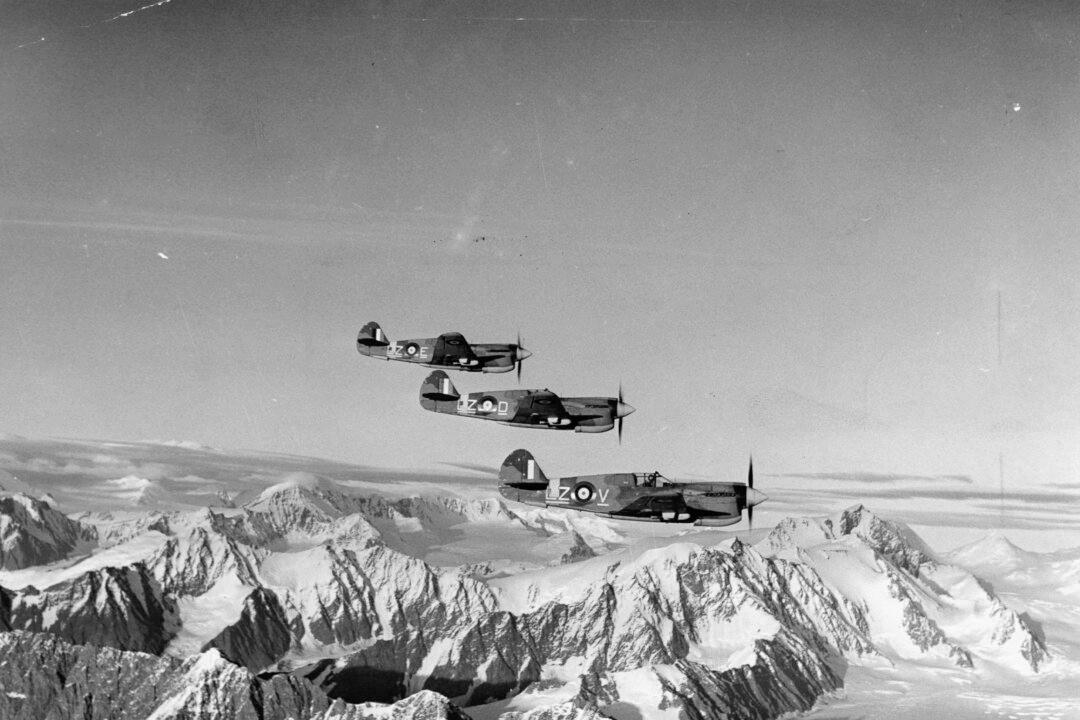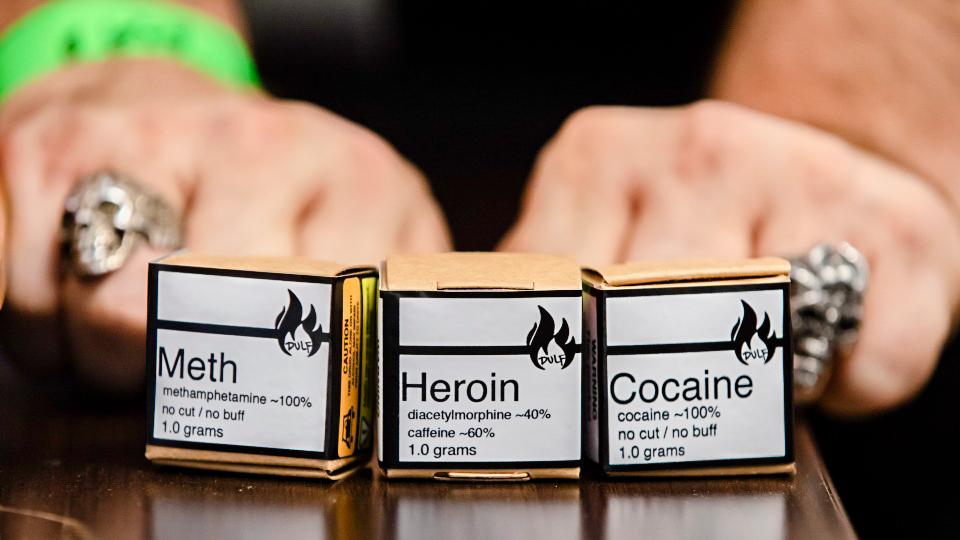As the Royal Canadian Air Force (RCAF) turns 100 years old in 2024, Canada is celebrating the history of the country’s national air force. It has defended and served Canadians at home and abroad through World War II to more recent events and commitments in regions from Afghanistan to the Arctic.
Prime Minister Justin Trudeau commemorated the 100th anniversary saying, “In times of war and peace, members of the RCAF have shown unwavering courage.” He said World War II marked the first significant challenge for the force, “with over 200,000 Canadians joining the Air Force to fight against tyranny and fascism.”





